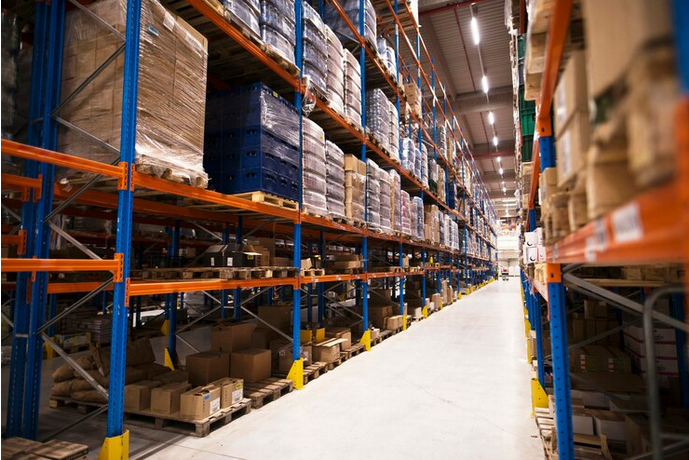Warehouse racking systems are fundamental components of modern logistics and distribution operations, playing a crucial role in maximizing space utilization and enhancing efficiency. In today's competitive business landscape, the ability to optimize storage space while streamlining operations is essential for businesses looking to improve productivity and meet customer demands. Exploring the various types and benefits of warehouse racking systems provides valuable insights into how businesses can achieve these objectives effectively.
Understanding Warehouse Racking Systems
Warehouse racking systems encompass a range of storage solutions designed to organize and store goods within a warehouse or distribution center. These systems typically consist of upright frames, horizontal beams, and shelves or pallets, providing a structure for stacking and storing inventory vertically. By utilizing vertical space efficiently, warehouse racking systems enable businesses to maximize storage capacity while maintaining accessibility to goods for efficient retrieval and inventory management.
Types of Warehouse Racking Systems
There are several types of warehouse racking systems available, each offering unique advantages and suitability for different storage requirements:
- Selective Racking: Selective racking is the most common and versatile type of warehouse racking, allowing for direct access to each pallet or item stored. This configuration is ideal for businesses with a wide range of SKUs and varying inventory turnover rates, as it provides flexibility and accessibility to individual items.
- Drive-In Racking: Drive-in racking maximizes storage density by eliminating aisles between racks, allowing forklifts to drive directly into the rack structure to retrieve pallets. This type of racking is suitable for high-density storage of homogeneous products with a low turnover rate, as it prioritizes space efficiency over accessibility.
- Push Back Racking: Push back racking utilizes a series of nested carts that slide along inclined rails within the rack structure, allowing pallets to be stored and retrieved from the same aisle. This system is ideal for businesses seeking a balance between storage density and selectivity, as it offers greater space utilization than selective racking while still providing relatively easy access to stored goods.
- Pallet Flow Racking: Pallet flow racking employs a gravity-fed system of rollers or wheels to move pallets along inclined lanes within the rack structure. This configuration is well-suited for FIFO (first-in, first-out) inventory management, as it ensures automatic stock rotation and facilitates efficient order picking.
Benefits of Warehouse Racking Systems
Implementing warehouse racking systems offers numerous benefits for businesses seeking to maximize space and efficiency in their operations:
- Space Optimization: Warehouse racking systems enable businesses to utilize vertical space effectively, allowing for greater storage capacity within the same footprint. By stacking goods vertically, businesses can avoid the need for costly expansion or relocation while accommodating growing inventory levels.
- Improved Accessibility: Warehouse racking systems facilitate organized storage and retrieval of goods, enhancing accessibility and reducing the time and labor required for picking and replenishment activities. With clear aisle space and designated storage locations, employees can locate and retrieve items quickly and efficiently, minimizing downtime and improving productivity.
- Enhanced Inventory Management: Effective inventory management is essential for maintaining optimal stock levels and minimizing carrying costs. Warehouse racking systems provide visibility and control over inventory, enabling businesses to track stock levels accurately and implement efficient replenishment strategies. By organizing inventory systematically, businesses can prevent stockouts, overstock situations, and obsolescence, improving overall inventory turnover and profitability.
- Safety and Compliance: Safety is a paramount concern in warehouse environments, and warehouse racking systems are designed to meet rigorous safety standards and regulations. By implementing sturdy and stable racking structures, businesses can minimize the risk of accidents such as collapses or tip-overs, safeguarding both personnel and inventory. Additionally, proper installation and maintenance of racking systems ensure compliance with workplace safety guidelines, reducing the potential for liabilities and penalties.
Conclusion
In conclusion, warehouse racking system are essential components of modern logistics and distribution operations, offering businesses the ability to maximize space utilization and enhance efficiency. By understanding the different types of racking systems available and their respective benefits, businesses can choose the most suitable solution to meet their storage requirements and operational objectives effectively. Whether seeking to optimize storage capacity, improve accessibility, enhance inventory management, or ensure safety and compliance, warehouse racking systems provide valuable tools for driving productivity and profitability in today's competitive business environment.





Comments